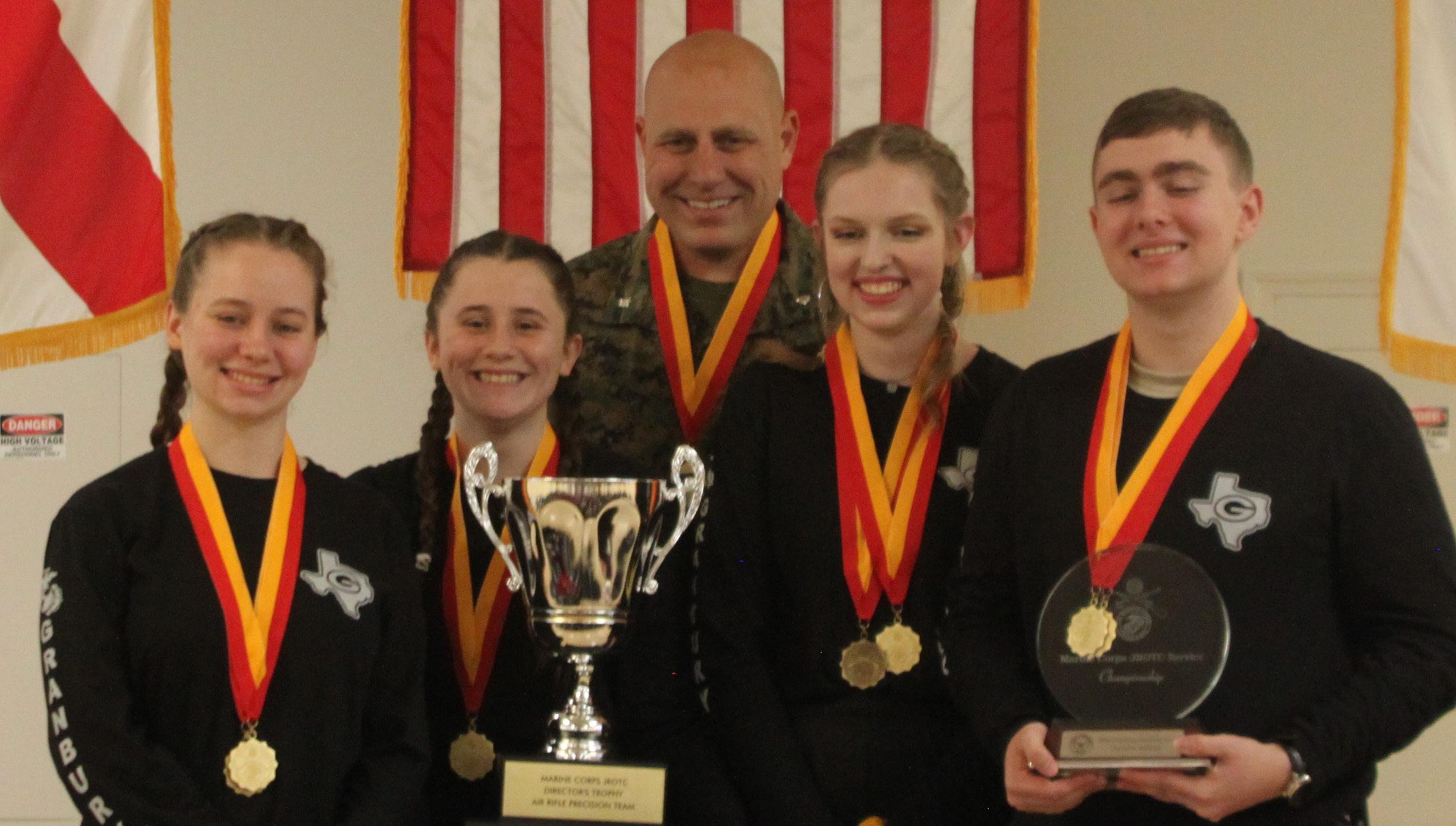NRA Training Update
THE NRA TRAINING COUNSELOR PROGRAM By Marty Sprick NRA Training Counselor Program Lead
Since its founding, the National Rifle Association has been, at its core, a firearms training organization. The NRA Basic Firearm Training Program is known as the “gold standard” across the nation for fundamental safety and marksmanship training, especially for youth and new gun owners. The lifeblood of this program is our Training Counselors (TCs), those highly experienced Instructors that have completed an advanced seminar covering NRA training philosophies and the process of taking experienced shooters and turning them into NRA Certified Instructors. Currently NRA has over 100,000 Trainers and Range Safety Officers, and approximately 700 active TCs in a given year out of a total of about 2,200. Those Training Counselors certify over 18,000 new Instructors every year, and all of the Trainers combined train over 100,000 students in NRA courses every year! These figures don’t take into consideration the many non-NRA courses conducted around the country or any informal firearms safety or marksmanship coaching or training happening at local gun clubs and commercial ranges. One could easily extrapolate that the true numbers of the public positively affected by NRA Trainers every year is easily a full order of magnitude greater, potentially over a million Americans have some contact with an NRA Trainer annually, formal or informal. In order to be considered eligible to be a Training Counselor, an Instructor must be certified for a minimum of two years, have at least Pistol Instructor plus one other live-fire Instructor discipline (such as Rifle, Shotgun, Personal Protection In the Home, Personal Protection Outside the Home, NRA CCW, or one of the Muzzleloading disciplines), and conduct a minimum of 10 courses with 50 students utilizing at least two of those disciplines. Since conducting live-fire exercises safely, and being able to teach that skill to Instructor Candidates is so important, only live-fire NRA courses count towards TC eligibility. Therefore, neither Home Firearm Safety, Range Safety Officer, Shotshell and Metallic Cartridge Reloading, Refuse To Be A Victim, nor Women On Target events count towards eligibility. Once found eligible, Instructors will see an announcement on their www.nrainstructors.org homepage (see below). After clicking that link, they can then view the reference letter requirements and sign up for their choice of 5-day seminars that are listed on the portal at that time. The first day covers NRA training policies and procedures. The second is almost entirely live-fire, and Candidates will need about 500 rounds to complete the training. The third day is practical application of teaching Basic Instructor Training to new Instructor Candidates. The fourth day is again practice by the TC Candidates of dividing a class of notional Instructor Candidates into working groups and having them present notional lessons. This day focuses on the 5-step method of conducting a practical exercise, IAPEC Introduce the lesson, Assign working groups, having the Candidate Present the lesson, conduct an Evaluation of the presentation, and finally Conclude the lesson. The fifth day is composed of just a few final classes and practical exercises, and exit interviews. Candidates must pass the Basic Pistol Instructor pre-qualification course of fire with a center-fire handgun (16 of 20 shots in an 8 inch target with a maximum extreme spread of 6 inches) in no more than two attempts, and they will also participate in the NRA CCW student qualification course of fire for an evaluation of defensive marksmanship and safe gun handling. Finally, they must also pass a pistol handling exercise with a semiauto, a single action and a double action revolver. Recognizing the importance of the link these Trainers provide to the public, in July of 2019 the NRA Education and Training (E&T) Division implemented the Regional and State Training Counselor Liaison Program. The nation was divided up into eight geographical regions (illustrated below), Region 1 in the Northeast, Region 2 around the Great Lakes, Region 3 is North Central, Region 4 is the North West, Region 5 is Mid-Atlantic, Region 6 is South East, Region 7 is South Central, and Region 8 is South West. Out of the active population we selected eight 18 • NRA CLUB CONNECTION • Summer 2020





